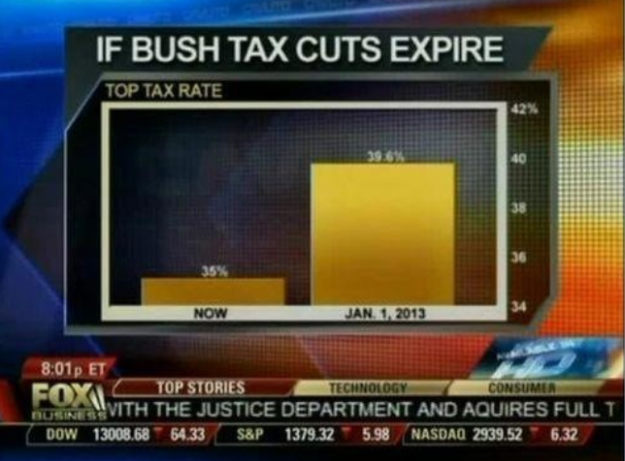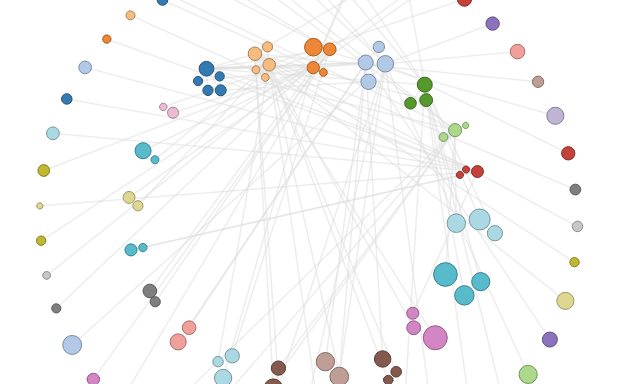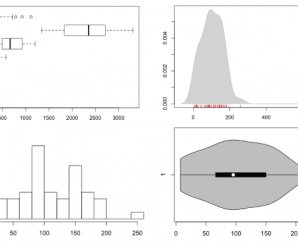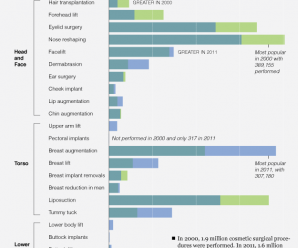Botanicus Interacticus from Disney Research turns plants into multi-touch surfaces, simply by placing an electrode in the soil.
Botanicus Interacticus has a number of unique properties. This instrumentation of living plants is simple, non-invasive, and does not damage the plants: it requires only a single wire placed anywhere in the plant soil. Botanicus Interacticus allows for rich and expressive interaction with plants. It allows to use such gestures as sliding fingers on the stem of the orchid, detecting touch and grasp location, tracking proximity between human and a plant, and estimating the amount of touch contact, among others.
And then botany education changed forever.
[via Boing Boing]





















 The Higgs Boson explained by PhD Comics
The Higgs Boson explained by PhD Comics Beer versus church mapped
Beer versus church mapped Graphing every idea in history
Graphing every idea in history Fox News continues charting excellence
Fox News continues charting excellence Map of the Internet
Map of the Internet How to Make an Interactive Network Visualization
How to Make an Interactive Network Visualization Mitt Romney pseudo-venn diagram, used incorrectly
Mitt Romney pseudo-venn diagram, used incorrectly Map of the underwater Internet
Map of the underwater Internet Visualize This
Visualize This